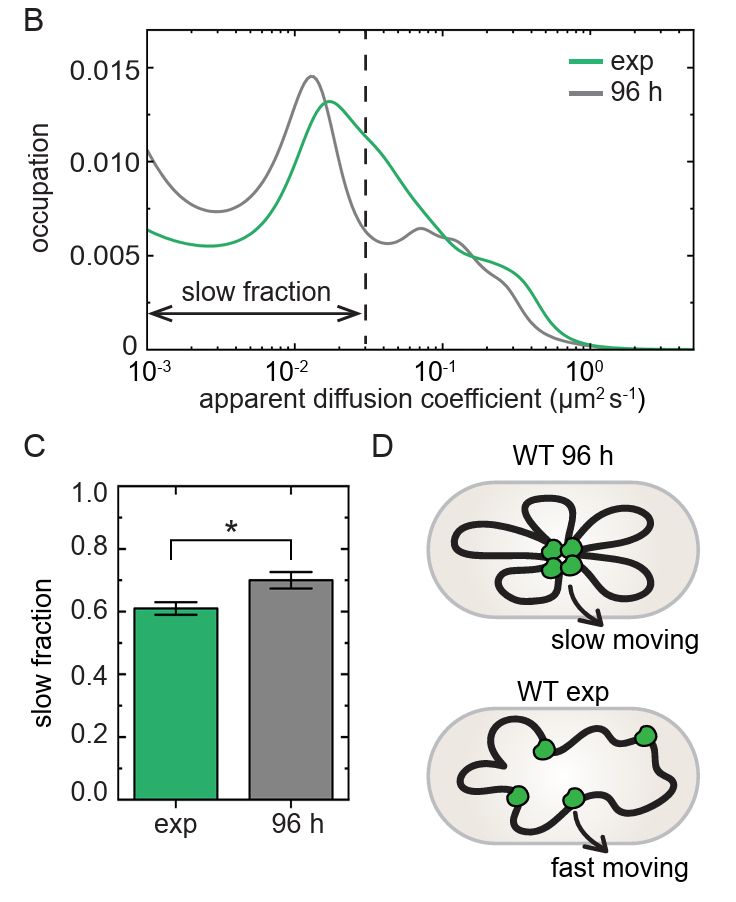












www.biorxiv.org/content/10.1...
@meyerroc.bsky.social
@juliebiteenlab.bsky.social

www.biorxiv.org/content/10.1...
@meyerroc.bsky.social
@juliebiteenlab.bsky.social
www.atlantafed.org/cqer/researc...


www.atlantafed.org/cqer/researc...
www.atlantafed.org/cqer/researc...

www.atlantafed.org/cqer/researc...
@standupforscience.bsky.social




@standupforscience.bsky.social














